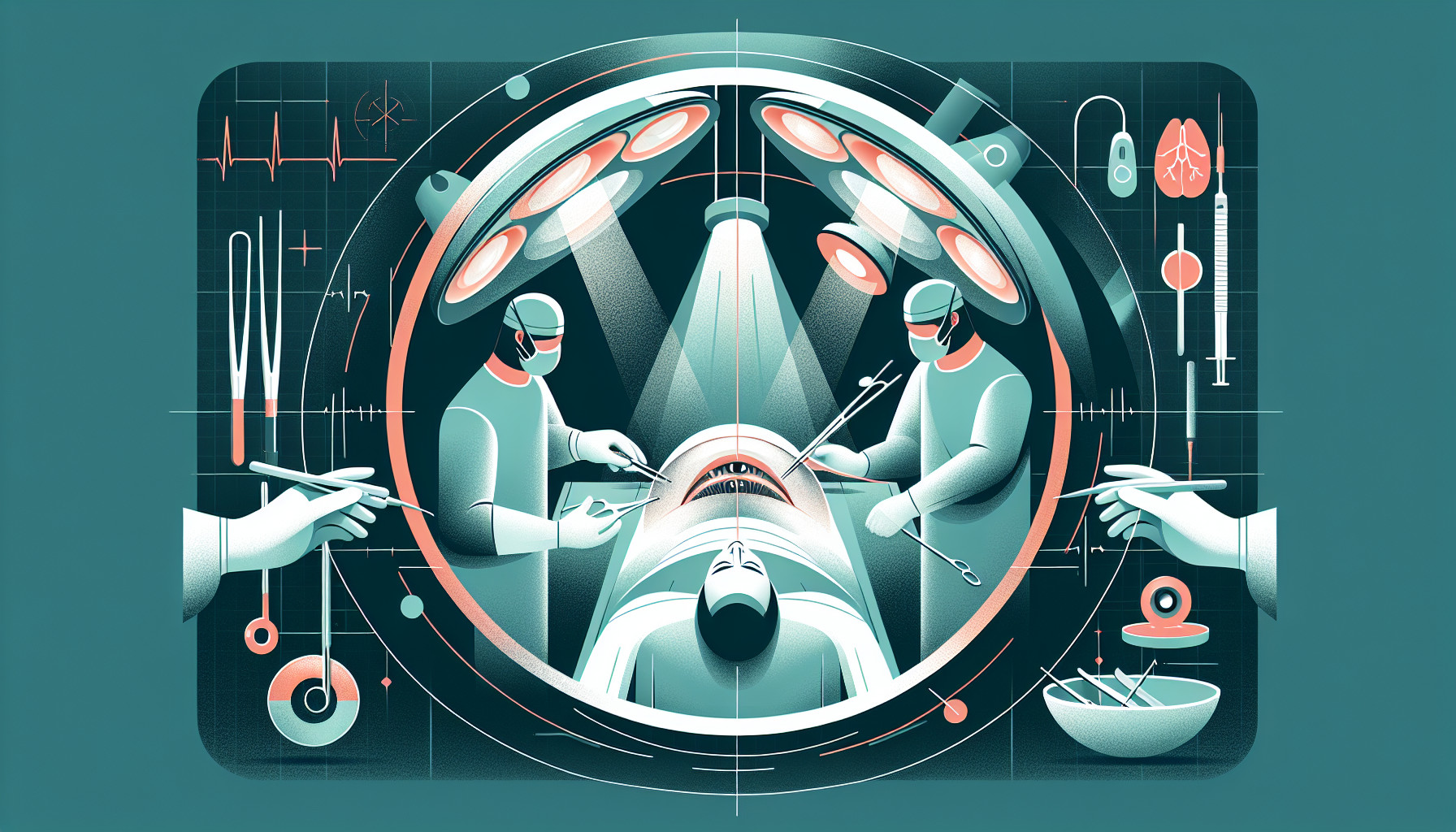Our Summary
The success of cataract surgery heavily relies on a crucial step called an anterior capsulotomy. This procedure involves creating a circular opening in the front part of the lens capsule, which is critical in reducing the risk of tears and ensuring the stability of the replacement lens post-surgery. The opening needs to be round, continuous, centered, and should overlap the new lens. If these conditions aren’t met, it can lead to less than ideal results in the surgery and vision afterwards.
Traditionally, manual techniques like the can opener method and manual capsulorhexis are used for different types of cataract surgery. However, advancements in technology have led to the increased use of femtosecond laser surgery, which helps overcome some of the inaccuracies associated with manual methods.
The search continues for a perfect, risk-free, and surgeon-friendly method of performing an anterior capsulotomy that can be used for all kinds of cataract surgeries. This paper discusses various techniques and technologies being used and developed, including Femto and Zepto lasers, and the plasma blade.
FAQs
- What is the role of an anterior capsulotomy in cataract surgery?
- What are the features of an ideal anterior capsulotomy?
- How has the use of femtosecond laser impacted cataract surgery?
Doctor’s Tip
One helpful tip that a doctor might tell a patient about cataract surgery is to follow all pre-operative instructions provided by the surgeon, such as avoiding eating or drinking after midnight before the surgery. This can help ensure a successful outcome and reduce the risk of complications during the procedure.
Suitable For
Patients who are typically recommended for cataract surgery include those who are experiencing blurred vision, difficulty seeing at night, sensitivity to light, double vision in one eye, or seeing halos around lights. Cataract surgery is also recommended for patients with cataracts that are significantly impacting their daily activities and quality of life. Additionally, patients with cataracts that are causing a significant refractive error or other eye health issues may also be recommended for surgery.
Timeline
Before cataract surgery:
- Patient undergoes a comprehensive eye examination to determine the severity of the cataract and overall eye health
- Doctor discusses the risks and benefits of cataract surgery and helps the patient choose the most suitable intraocular lens (IOL) for their needs
- Patient may need to undergo additional tests or evaluations to ensure they are a good candidate for surgery
- Patient is instructed on pre-operative care and medications to use before the surgery date
- Patient may need to fast before the surgery and arrange for transportation to and from the surgical facility
After cataract surgery:
- Patient is monitored for a short period in the recovery room to ensure there are no immediate complications
- Patient is given post-operative care instructions, including how to use prescribed eye drops and medications
- Patient may experience some discomfort, redness, or blurry vision immediately after surgery, which should improve within a few days
- Follow-up appointments are scheduled to monitor the healing process and check for any signs of infection or complications
- Patient is advised to avoid strenuous activities, rubbing or touching the eye, and exposure to water or dust for a certain period of time
- Patient may notice improved vision within a few days to weeks after surgery as the eye heals and adjusts to the new IOL
What to Ask Your Doctor
- What are the potential risks and complications associated with cataract surgery?
- What type of cataract surgery technique will be used for my procedure (manual vs. femtosecond laser)?
- How experienced is the surgeon in performing cataract surgery?
- What is the expected recovery time and postoperative care plan?
- Will I need to wear glasses or contact lenses after the surgery?
- How long will the effects of the surgery last?
- What are the potential side effects of the surgery, and how can they be managed?
- Are there any restrictions or limitations on activities following the surgery?
- How successful is cataract surgery in improving vision?
- Are there any alternative treatment options to consider before proceeding with cataract surgery?
Reference
Authors: Sharma B, Abell RG, Arora T, Antony T, Vajpayee RB. Journal: Indian J Ophthalmol. 2019 Apr;67(4):450-460. doi: 10.4103/ijo.IJO_1728_18. PMID: 30900573
